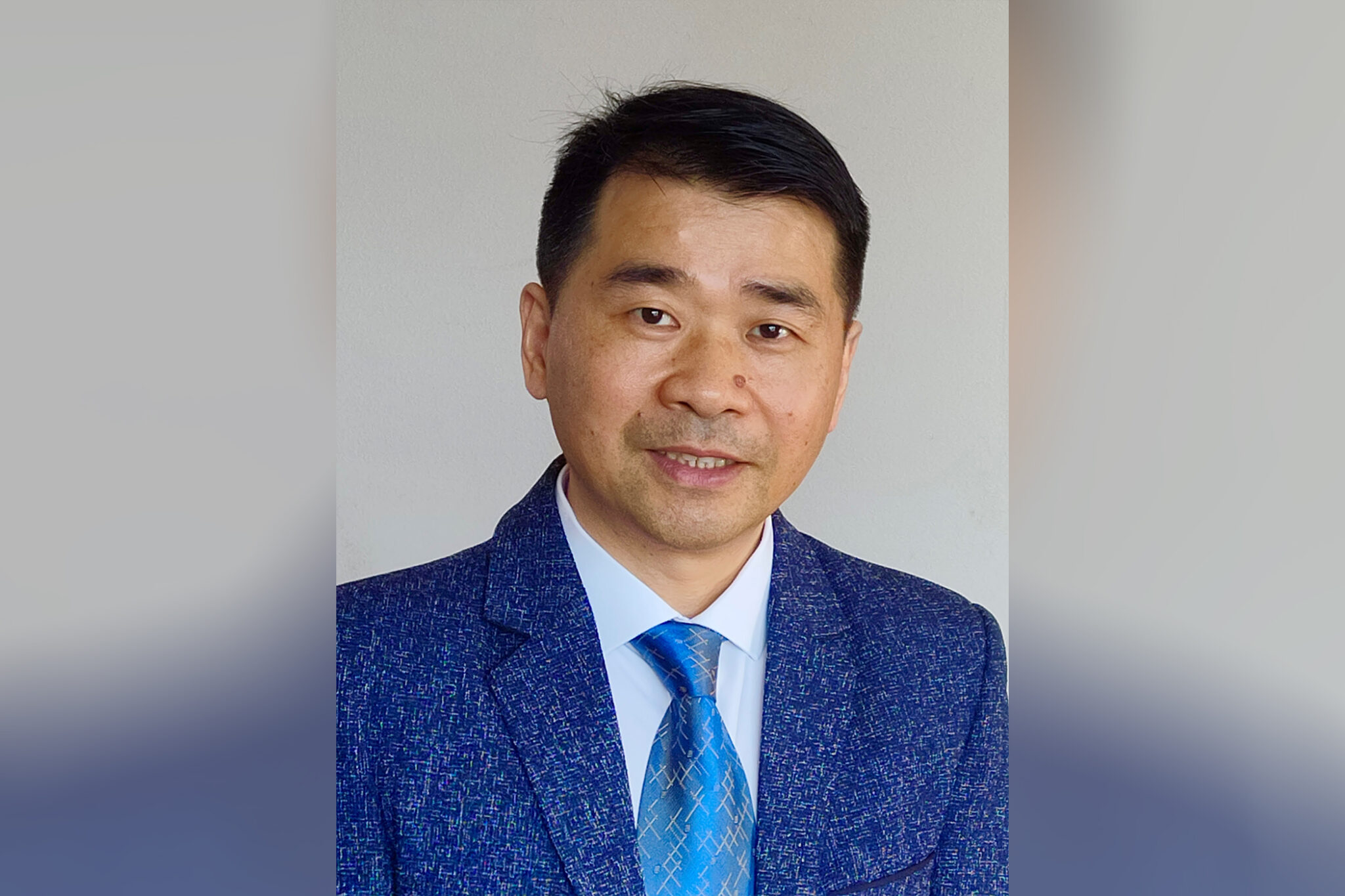The C.M. Stripling Irrigation Research Park will be trying to answer this and other irrigation-related questions during the coming growing season, say University of Georgia experts.
The Way Water's Used
No new water-related legislation will likely be created this year in the Georgia General Assembly. But as early as next year, policymakers will begin forming concrete laws to change the way water is used in Georgia, said Jim Hook, a professor of crop and soil sciences with the UGA College of Agricultural and Environmental Sciences.
This will directly affect agriculture, "which uses the lion's share of water" in many parts of the state, he said. Georgia agriculture needs concrete, scientific irrigation data to mold accurate and fair water practices and policies.
Set for Major Crops
Scientists will begin irrigation research for major Georgia row crops such as cotton, peanuts and corn, said Rad Yager, superintendent of the research park. Future research will include vegetables.
The park spans more than 130 acres, with 100 acres cleared for crops and 30 planted in pines, pecan trees and live oaks, said Kerry Harrison, CAES irrigation engineer. It's strategically placed in the Flint River basin in southwest Georgia, the hub of agricultural water use in the state.
To conduct the research, scientists will use different types of irrigation systems, such as pivot, linear and drip.
All irrigation areas will be monitored by a centralized computer, said Dan Thomas, CAES professor of biological and agricultural engineering.
"It's all done by radio link that sends the information back to the main building," Thomas said.
Besides the computer control room, the main building contains a classroom and meeting area and a kitchen, main office, storage room and covered equipment area.
Looking for Answers
Researchers will use the park to answer other key questions:
* Will returns on irrigation investments be high enough and fast enough for farmers and their financial backers to risk investment?
* How will this lead to new production opportunities for Georgia farmers or reduce economic risks in existing farms?
* What new service and manufacturing opportunities will arise out of new products and improved margins for farmers?
* How can growers, facing mandated water cutoffs or restrictions, schedule water use?
* How does water usage in other parts of the state affect water quality and farm usage in southwest Georgia?
Finite Resource
Water isn't an infinite resource. Stakeholders, including farmers, have to independently understand their water usage, while also seeing the big picture. They have to see how all stakeholders are interdependent on this finite resource.
"It's not just farm commodities, it's also what happens in Atlanta and with other (Georgia) commodities," Hook said.
C.M. Stripling of Camilla, Ga., donated the land for the research park to Mitchell County. The county leases the land to the UGA CAES for irrigation research.






